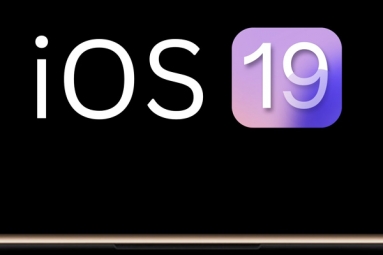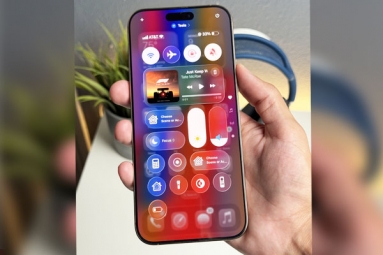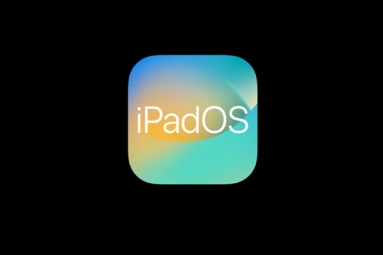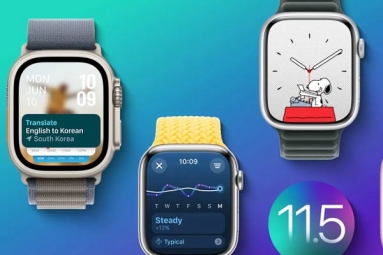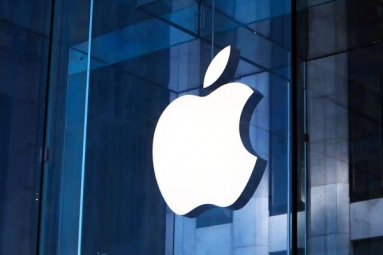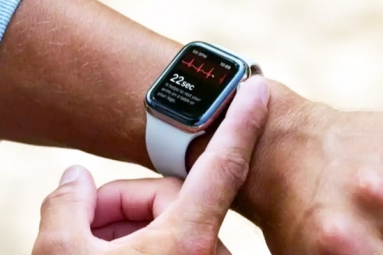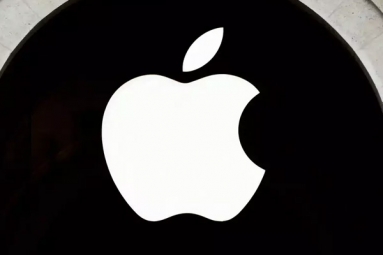
(Image source from: Cnet.com)
Reports indicate that Apple has experienced a substantial drop in the interest for its smartwatches across many markets. According to a market analysis firm, 2024 marks the second year in a row that shipments of the Apple Watch have seen a significant decrease. North America, home to the Cupertino-based company, has notably been affected by this downturn. The decline is primarily due to the absence of new models and minimal enhancements to the existing lineup over the past year. Based on Counterpoint Research's Global Smartwatch Shipment Tracker for the fourth quarter of 2024, Apple Watch shipments fell by 19 percent year-on-year. This represents the second successive year and the fifth consecutive quarter of decline for the tech giant, while its rivals, particularly Chinese manufacturers, have shown strong performance in the global smartwatch market.
A considerable part of the drop can be traced back to Apple's diminishing presence in North America, which accounts for over half of its annual shipments. The market analysis revealed that Apple’s market share decreased by 8 percentage points year-on-year in 2024. This overall decline has been attributed to various factors, including the limited updates provided with the Apple Watch Series 10 that was released last year. Additionally, the company did not introduce the Apple Watch SE (3rd Generation) or the Apple Watch Ultra 3 models. The former serves as a budget-friendly option that represents a large portion of shipments post-launch, while the latter is Apple’s highest-end smartwatch, comprising over 10 percent of its total smartwatch shipping figures.
In recent years, Apple has also faced legal challenges, particularly relating to a patent conflict with Masimo, a company specializing in medical technology. Masimo has claimed that the blood oxygen sensor featured in the Apple Watch violates multiple patents they hold. This legal battle initially led Apple to suspend smartwatch sales in the United States and subsequently resulted in the company disabling the pulse oximetry function for blood oxygen measurement. It is important to note that these issues contributed to the Cupertino tech firm experiencing a year-on-year decline in shipments for the first time during a quarter in which it also launched a new series of smartwatches.











